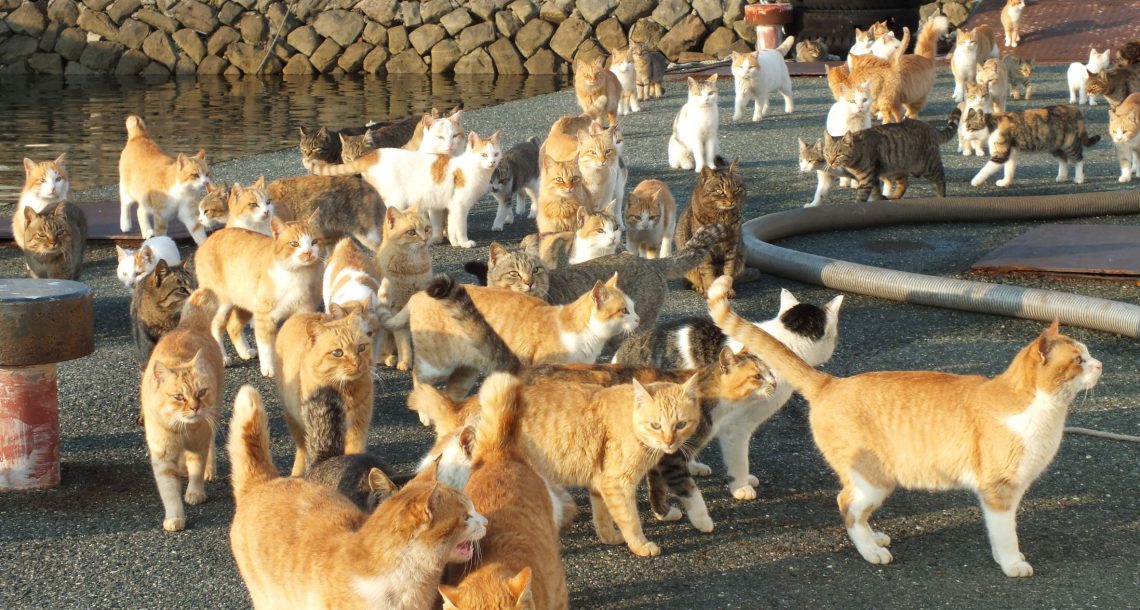Not good at herding cats? Maybe remote working isn’t for your business
Home, or remote, working has really impacted both the employment and productivity landscape, particularly since COVID changed everything.
Technology is a real enabler for this, and the availability of high-speed internet has allowed businesses to morph their employee and team pools into an ever-broader set of working patterns including both wider geographies and time-zones.
There are many, many good things about remote working for both employees and businesses, however, like most working scenarios we’re beginning to see some unintended consequences of this workplace revolution.
For employees with the right mindset, most of the time, working from home is fantastic. No commute and a reasonably flexible work environment makes life a lot easier. For employers however, having a whole team that works remotely can be a little bit like herding cats. Tricky.

Fringe benefits
As a business owner you get a lot of benefits from remote working too (lower office costs for example), but do you give away the balance of these benefits in a loss of productivity? Are your staff working as hard at home as they would be if they were in an office, all together?
Well, the answer is both yes, and no. The fact is that working remotely is not a panacea. Studies show that, in general, staff tend to be more productive at home, take less time off sick and are generally less stressed. However, this can sometimes be offset by a sense of isolation and even loneliness on the part of the remote employee, which is clearly not a good thing in the medium term.
I’ve worked and led teams in both hybrid and full-blown remote environments and I think, now, that I can describe what success looks like for both the business owner and the remote worker in 3 words; trust, communication and interaction.
Remote working doesn’t suit everyone. For employees that are supposed to be independently productive at home (for e.g. software developers or creative types), you need a certain type of self-starting, self-motivated individual that doesn’t need any type of micromanagement. If you don’t feel that you’ve got this in an employee then you’re in a bad place to begin with, and it probably won’t work out in the end. You definitely need to feel that you can trust staff that work from home to get the job done. Over time you’ll understand what this really means in the context of your own business, and, you’ll have lots of examples to compare individual performance to.
However, for this to work properly, you need to understand that it’s a two-way street. You need to promote, and be involved in, regular communication with your remote staff. Luckily there are literally dozens of ways for your remote workers and team leaders to stay in permanent communication with each other throughout the working day.

Software can help
Slack is one example of software that I use and I think it’s fantastic, particularly for this type of communication. Slack users can be anywhere, and managers can see when users are online (i.e. working and available) at all times. That little green dot that shows a remote worker is at their desk (more or less) helps with both trust and productivity analysis. We also use techniques inside Slack to help us be more productive. Each day, every team member enters a simple narrative into a #daily channel that describes what they’re working on today and it gives everyone perspective. Holidays are handled in the #general channel and the individually themed threads allow everyone to always be fully up to speed on every conversation going on at all times. Using this collaboration software has probably removed c.85% of the email I used to receive from this team, and that in itself is immensely productive and efficient.
Slack may not be for everyone, but the point is that there is a lot of team collaboration software out there now that makes remote working a lot easier to manage. I highly recommend implementing some and trying it out. It will keep everyone more engaged as well as moving the trust needle.
Live interaction though is ultimately just as important as communication and collaboration. I find that it’s hugely valuable to get the whole team together, face-to-face, once a month in order to brainstorm, communicate about company wide aspects and to get everyone interacting. People need ‘live’ group based interactions and I generally find that they go away refreshed and motivated after these sessions as they’re nothing like a ‘standard’ day’s work. They really matter.
Remote working is here to stay, and because of that, we need to adapt our working practices in order to manage its efficiency and to keep the motivation and productivity of remote workers where it needs to be (for their benefit as well as ours).
Working with trust, communication and interaction models will help you to get a remote working environment that gets the best of both worlds for you and your remote staff. And that’s a good thing for everybody.
Thanks
E





